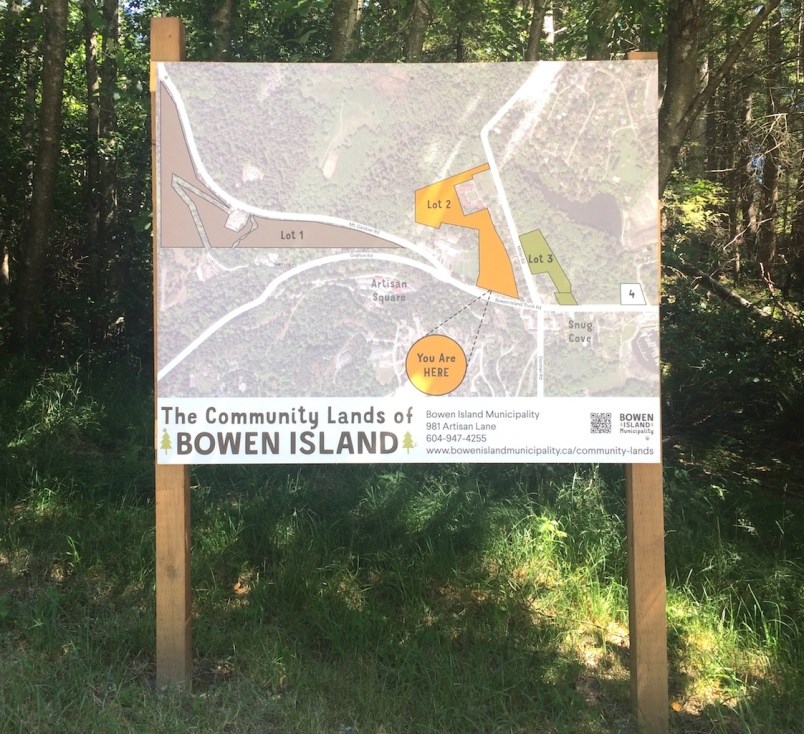I am concerned that our municipality continues to make planning and zoning decisions without any land-use strategy to guide development. As a result, a variety of decisions has been made ad-hoc and in haste.
I attended the Community Lands Workshop on June 9. Guided by two respected professional facilitators from Bowen, our group of 50 included business owners, the mayor, council members, seniors, students, tradespeople, architects, developers, a Metro Parks planner and new and longtime residents.
It was an eight-hour day, but the facilitators inspired dialogue and energy amongst us all. Divided into groups, we were asked to envisage the development of the 34+ acres of community lands. The facilitators offered a variety of issues, land uses and priorities to consider. Each table was asked to develop a list of land use ideas, densities and priorities which became part of a vision statement for the future of the community lands. As the workshop wrapped up, the room was humming, with lots of chatter about looking forward to seeing the results of our efforts presented to the municipality.
In the following days I recalled the May 28 special council meeting where Mayor Murray Skeels strongly encouraged council to move to a second reading for the rezoning of lot 1 of the lands to include “light industrial” land use. Considerable reluctance was voiced by much of council. It was noted there were several letters to council against that zoning. In addition, during a meeting with representatives of island business people, land owners and developers, only one offered support for such rezoning. Council members noted the importance of holding off the second reading until the workshop had happened and staff had completed the accompanying report.
Council decided against passing the second reading.
Then comes the June 25 council meeting. BIM’s senior planner indicated that several letters had been submitted not supporting the rezoning and that indications from the workshop were significant enough to not proceed with it. He recommended that council wait to pass the second reading until the workshop report was completed (which would be a few weeks yet) and reviewed.
However, the mayor said he was concerned that there would not be sufficient time to wait for the report, deal with its findings and complete the rezoning process before the end of council term this fall. Some council members noted that concerns raised by the public must be considered during the rezoning process. In fact, the importance of doing so was clearly made by Councilor Gary Ander when he stated that it would be a slap in the face to those who were part of the of the workshop if mayor and council did not wait for the completion of the report to council.
The mayor asked that if the wording of the bylaw were changed to include “residential as a primary use” would that be enough to proceed to a vote. However, this still would not change the light industrial use, nor that this is a rezoning bylaw. I was disappointed to learn this discussion resulted in the decision to proceed to a second reading, opposed by councilors Sue Ellen Fast and Melanie Mason, rather than waiting for the findings of the workshop, contrary to the May 28 meeting.
I’d like to note that this site was the subject of a land-use proposal prepared in 2013 by our present Mayor Skeels that never came to fruition. Why is he pushing this type of land use where there have been no requests from our community or any of the committees appointed by council? When was there ever a discussion involving the community to request rezoning community lands for light industrial use? Why do we need this when we have more pressing needs to be addressed?
With an election this fall, it’s time we consider what processes should be developed to strengthen the Official Community Plan documents, land-use strategies and the roles the community lands can play in supporting Bowen’s diversity, sense of community and character. We simply can’t afford a continued lack of long-term land-use planning, especially when, to date, our OCP lacks the strength to set achievable goals for our unique community.
I’m hopeful the community lands workshop report will be given the proper respect and consideration for the commitment of the participants and information that was produced.



